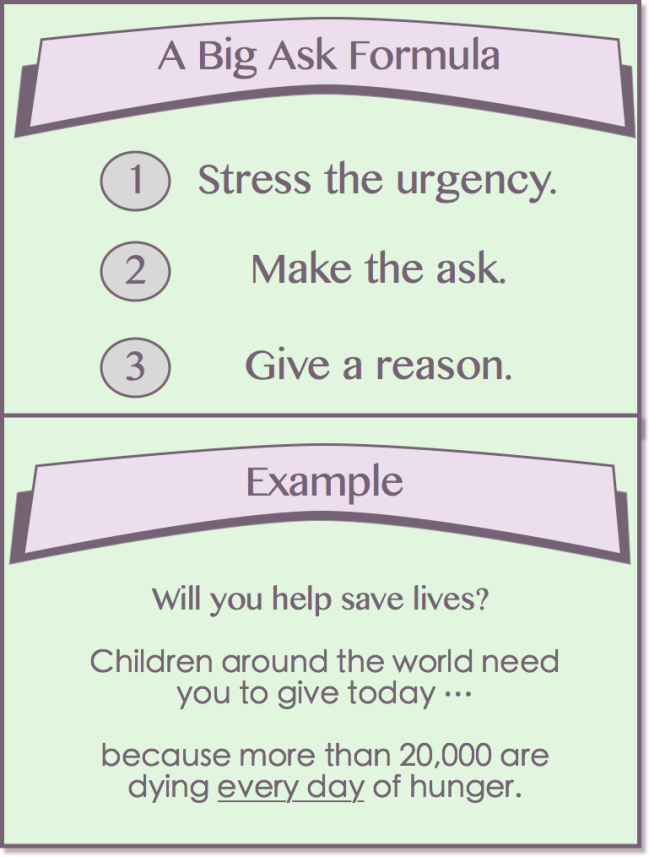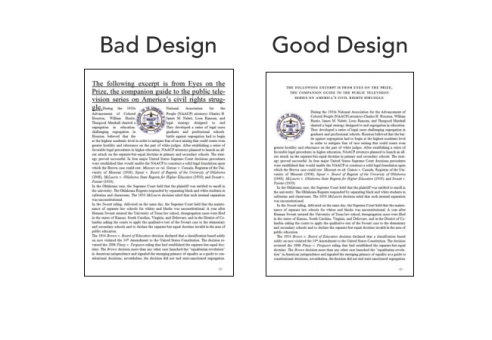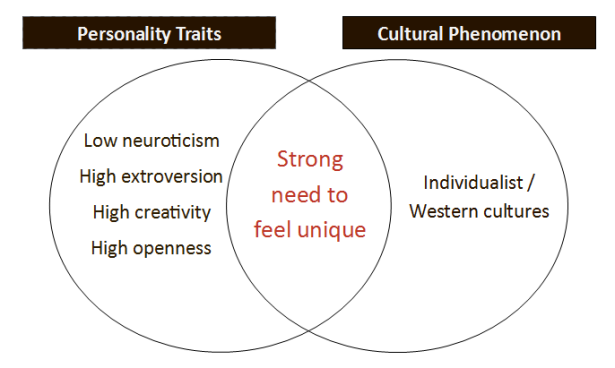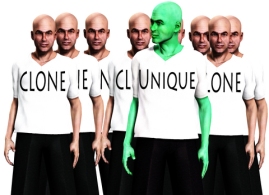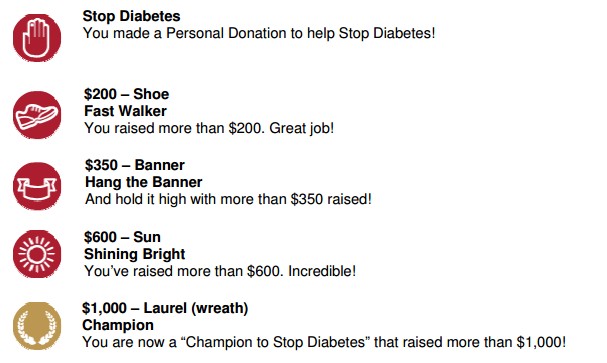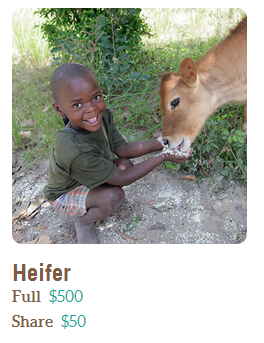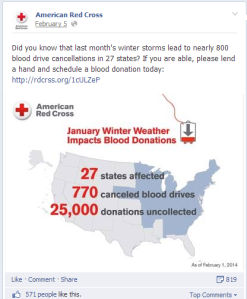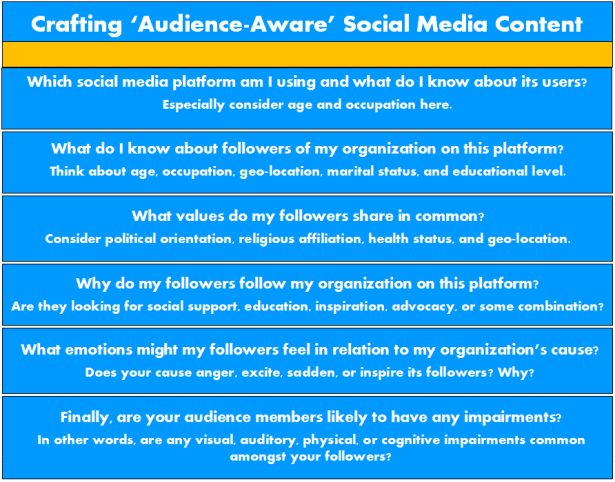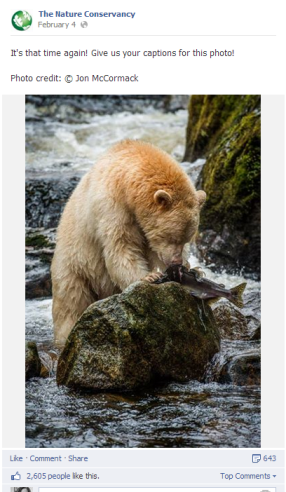“If you need something, you can’t just ask. You have to ask and give a reason. If this association has become so well learned that it runs unconsciously, like riding a bicycle, then virtually any reason given for a request should unconsciously trigger a compliant response.”
– Nicholas Epley, Author of Mindwise: How We Understand What Others Think, Believe, Feel & Want
I just started reading Mindwise: How We Understand What Others Think, Believe, Feel and Want by Behavioral Science Professor Nicholas Epley, and – living up to the publicity it’s received – so far it’s certainly been an interesting and informative read. In it, Epley explores the psychology and neuroscience behind how people understand other people.
One of the studies he discusses in the second chapter of the book got me thinking about how we ask for donations during fundraising campaigns, and that perhaps sometimes there are seemingly obvious components of the “ask” that we forget.
In this particular chapter, Epley explains the way neural associations create habits in our brains, associations so strong that certain behaviors – like answering “fine” when someone asks how you are – become automatic, and we don’t have to think much about them (consciously) before doing them. One example of such neural associations involves responding to requests.
According to the studies Epley cites, when a reason is given for a request, such 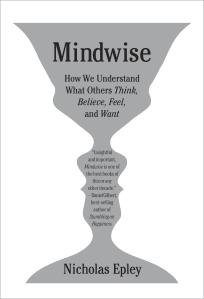 as, “Can you loan me $5, because I won’t get paid until tomorrow?,” we are more likely to comply with the request – even when the reason is not a good one (or even a logical one).
as, “Can you loan me $5, because I won’t get paid until tomorrow?,” we are more likely to comply with the request – even when the reason is not a good one (or even a logical one).
For example, in one study, an experimenter asked other people if she could step ahead in line to use a copy machine. She made this request under three different scenarios:
- By giving a reason for stepping ahead in line – “because I’m in a rush.” Under this condition, a whopping 94% of people agreed to allow the experimenter use the copier first.
- By not giving any reason. When not giving a reason for her request, only 60% of people agreed to allow the experimenter ahead.
- Finally, the experimenter gave another reason for her request, but not a good one – “because I need to make copies.” Surprisingly, 93% of the people she asked agreed to allow her ahead when this “nonsensical reason” was given (Epley, 27).
As we can see from this experiment, neural associations can be quite strong – strong enough to guide knee-jerk behavior even when logic is not present. Using what we learned from this study, I’ve created a formula for making the “ask” during fundraising campaigns.
Giving a reason for the donations we request from donors might seem obvious at first – but because we are often immersed in the cause for which work, we might mistakenly take for granted that people recognize the exigency of our campaign. Perhaps we assume that potential donors already know how hungry children living in poverty are every day. Or, because we work with the population regularly, we assume that everyone knows how difficult life can be for people living with a chronic disease. Whatever our cause may be, we must remember that not everyone (in fact, most people) won’t be as familiar with the importance of our cause as we are, and as such, they may not know the reasons behind our pleas for money.
So my formula has three parts – first, we stress the urgency of our campaign, then we make the “ask,” and finally we end with a reason for the ask. And just because hollow, meaningless reasons worked well in Epley’s sample experiment does not mean that we should give lousy reasons for our campaigns. Making a donation often requires more thought than we give to letting someone in front of us in line at the copier. Therefore, our reasons should also bolster logical arguments for our cause, such that our audience’s brains are engaged at both the knee-jerk, automatic level and the level requiring careful thought.
Using studies borrowed from psychology and behavioral science like the ones Epley cites can sometimes feel a bit like manipulation. But, like Superman, we can use our newfound knowledge and superpowers for good – and for the advancement of the social good our non-profit organizations support.
References:
- Statistic in example fundraising appeal taken from dosomething.org
